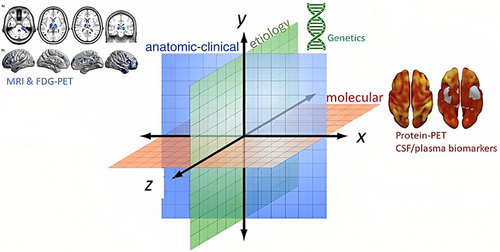Human-activity recognition and seizure-detection techniques have gathered pace with the widespread availability of wearable devices. A study of the literature shows various studies for 3D accelerometer-based seizure detection that describe the selection of acceleration variables and controlled transformations, while discarding the remaining input variable contributions. The aim of this research is to evaluate feature extraction based on different techniques and with the advantage of an overview of all information on the problem. Three feature extraction techniques -namely, Locally Linear Embedding, Principal Component Analysis (PCA) and a Distance-Based PCA- are analyzed and their outcomes compared against K-Nearest Neighbor and Decision Trees. A realistic experimentation simulating epileptic mioclonic convulsions was performed. The PCA-based methods were found to produce solutions that managed the problem perfectly well, either learning specific models for each individual or learning generalized models.

